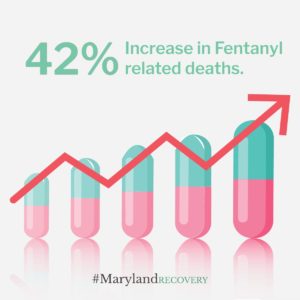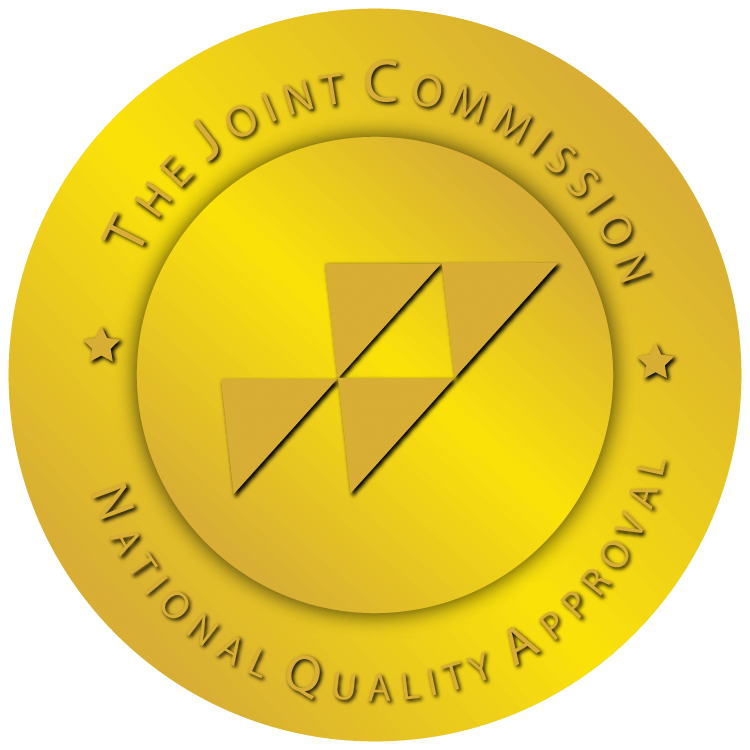 Fentanyl is a dangerous opioid that causes a massive number of deaths by overdose each year. While it may start as a prescription from a doctor, it can easily cause dependence. It is often mixed in with other drugs, such as cocaine, and usually the user is not aware that fentanyl is in the drugs. Here’s a look at the fentanyl crisis and what the Federal government is doing to help prevent fentanyl overdoses.
Fentanyl is a dangerous opioid that causes a massive number of deaths by overdose each year. While it may start as a prescription from a doctor, it can easily cause dependence. It is often mixed in with other drugs, such as cocaine, and usually the user is not aware that fentanyl is in the drugs. Here’s a look at the fentanyl crisis and what the Federal government is doing to help prevent fentanyl overdoses.
Fentanyl Dangers Are Based on Its Power
Fentanyl is a narcotic used to treat pain. It is a powerful opioid drug that quickly causes dependency and addiction. When taken, even in small doses, it leads to respiratory distress and death. The risk increases greatly when fentanyl is combined with other substances. It is about 50 to 100 times more powerful than heroin and is usually prescribed for pain following surgical procedures. It is also used in the treatment of pain from cancer and other terminal illnesses but is not commonly prescribed for long-term conditions.
Fentanyl-Related Death Rates on the Rise
 In 2017, fentanyl-related deaths reached an all-time high. According to the Baltimore Sun, there was a 42 percent increase in deaths from the previous year, and this is the seventh year in a row that the rates have increased. The continued escalation means the dangers are still real, on the rise, and with no relief on the horizon. In fact, we are still waiting for the numbers to peak. In the first half of 2018, 78 percent of all fatal overdoses were a direct result of fentanyl indicating the crisis is impacting a large number of people who are either under a doctor’s care or receiving the drug from elicit sources.
In 2017, fentanyl-related deaths reached an all-time high. According to the Baltimore Sun, there was a 42 percent increase in deaths from the previous year, and this is the seventh year in a row that the rates have increased. The continued escalation means the dangers are still real, on the rise, and with no relief on the horizon. In fact, we are still waiting for the numbers to peak. In the first half of 2018, 78 percent of all fatal overdoses were a direct result of fentanyl indicating the crisis is impacting a large number of people who are either under a doctor’s care or receiving the drug from elicit sources.
Because fentanyl is one of the less expensive opioids and it only takes a tiny amount to achieve results, it is common to find it laced into other drugs. The drug cartel and other drug manufacturers and dealers heighten the effects of cocaine, heroin, MDMA and other substances just by adding fentanyl. Unfortunately, those who purchase and use these drugs are unaware. Even fentanyl-laced weed is no longer uncommon to find on the streets. Fentanyl in weed is especially dangerous because it is completely unexpected and can easily cause an overdose when overused.
Politics Combat the Fentanyl Surge
Fentanyl overdose deaths have become a political issue in Maryland in recent years. Elected officials and candidates show concern about prevention and treatment options. There is a question about whether funds are being allocated to the right areas to encourage a decrease in these incredibly high rates of overdose. Deaths have more than doubled over the last three years. The efforts, though well-meaning, are fighting an uphill battle. And now, political candidates are making the epidemic part of their political campaigns, hoping to gather more followers and votes. But if the people benefit by getting in front of the fentanyl drug issue, it’s a win-win for everyone.
Federal Assistance for Fentanyl
The Federal government is trying to reduce the rate of opioid dependence, though we didn’t get here overnight. It began in the late 1990s when prescribing opioids for pain became a more common practice. Doctors did not understand the implications that opioids had for long-term pain management and the dangers of addiction. Medical practitioners simply believed they were offering patients the best pain medication available. Years later, we understand the dangers and need to find a way to better to educate the public about the dangers of using these drugs.
The Federal government is working on a program for a solution. There are many different ways to go about creating a program like this. With it, their aims are to:
- Improve access to treatment, prevention and support to make the recovery process more available
- Increase the availability of other drugs to reduce incidence of overdose, focusing on high-risk populations
- Collect accurate data with better reporting and collection techniques to help inform the public of the crisis in real time
- Support research programs that advance our knowledge of pain medication and addiction leading to new treatments and solutions for the crisis
The Federal government has plans to make this program a reality, but it is taking longer than hoped to gather the billions of dollars and resources needed. The delay will prove too late for many already struggling with addiction.
Opioid Fatalities Treated as Homicides
As the deaths continue to rise, prosecutors are treating drug overdoses as homicides. As such, the courts are able to hand out harsher punishments to those involved in the opioid epidemic. Dealers especially have more to lose with cases handled in this manner and face a lot more jail time. While this is a noble attempt to clean up the channels of drug distribution on our streets, the dealers aren’t the root cause of addiction. Often times, addiction starts from a legal prescription facilitated from a doctor’s office. When medical professionals are the first ones handing out the drug, with no recourse for refills, patients turn to the street to get more. The question remains: Will harsher punishments to drug dealers be as effective as getting doctors to prescribe different pain medications?
Will a Limit on Manufacturing Help?
Of all the synthetic opioids, fentanyl is one of the cheapest to manufacture. Both the U.S. Drug Enforcement Administration (DEA) and the Department of Justice (DOJ) are researching the effects of limiting the manufacture of fentanyl. Initially, the decrease would be by 10 percent to test the numbers of deaths related to overdose and whether the restriction makes a difference. The idea is to manufacture enough of the drug to fulfill the scientific and medical needs but to keep the excess off the streets.
Racial Discrepancies
Overdose is more common in some racial groups than others. Caucasians are 50 percent more likely than African-Americans to die of an overdose. Caucasians are also 167 percent more likely to die from an overdose than the Hispanic population. But collectively, opioids are far and away the leading cause of drug-related deaths in all ethnic groups. Cocaine is responsible for the most African American drug deaths. Those who die from a mixture of multiple drugs fall into both categories in data collection, slightly changing the numbers. Proper data collection is the key to determining exactly how the epidemic is affecting the population.
A Rising Epidemic
Fentanyl deaths are on the rise in the United States. It only takes a tiny amount of the drug to cause serious damage. While the federal government is trying to figure out a way to reduce the rate of death, the incidences of overdose keep climbing. Education seems to be one of the strongest ways to reduce the problem. By informing patients on the dangers of prolonged use of opioids and taking drugs laced with fentanyl, we can hope to get ahead of the rising numbers. Maryland Recovery is a state-of-the-art facility dedicated to doing its part by stopping the cycle of opioid addiction offering long-term treatment for those afflicted with the disease as well as therapy and education for their families.
Find Help for Opioid Addiction Now
Reviewed by Christopher Schwartfigure MS, LGPC, CAC-AD








